Category: National Center for Environmental Health
Flood Safety Tips
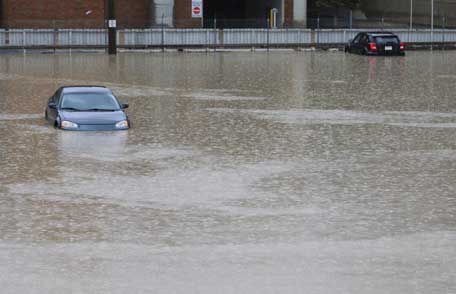
Take these important steps to reduce the harm caused by flooding. Each year, more deaths occur due to flooding than any other hazard related to thunderstorms. The most common flood deaths occur when a vehicle is driven into hazardous flood water. Read More >
Posted on by Leave a commentProtect Yourself from Wildfire Smoke
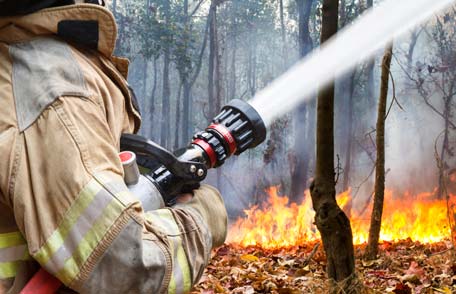
Dry conditions in parts of the United States increase the potential for wildfires in or near wilderness areas. Stay alert for wildfire warnings and take action to protect yourself and your family from wildfire smoke. Read More >
Posted on by Leave a commentDrought and Your Health

Overview Cycles of drought have affected North America for the last 10,000 years. Droughts can last from a single season to many decades and can affect from a few hundred to millions of square miles. Read More >
Posted on by Leave a commentA “Hillbilly Scientist” at Heart
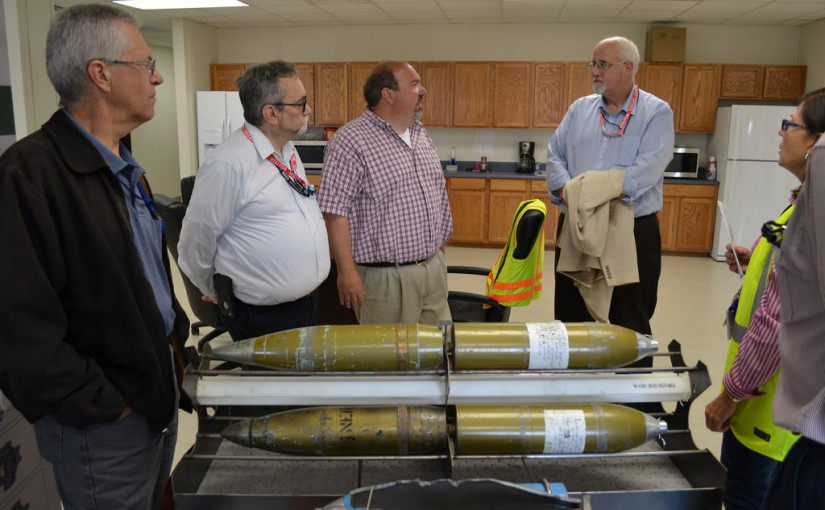
“I am fortunate to have a job that actually lets us fix our past mistakes, make a measurable difference in affected communities, and improve the safety of the world,” says Terry Tincher, MS, CSP. Terry is a chemical engineer and chief of the Environmental Public Health Readiness Branch (EPHRB) at CDC’s National Center for Environmental Read More >
Posted on by Leave a commentCarbon Monoxide (CO) Poisoning Prevention
When power outages occur after severe weather (such as winter storms, hurricanes or tornadoes), using alternative sources of power can cause carbon monoxide (CO) to build up in a home and poison the people and animals inside. Every year, at least 430 people die in the U. S. from accidental CO poisoning. Approximately 50,000 people Read More >
Posted on by Leave a commentUpdated CDC Guidance for Healthy Pools

Government agencies and the aquatics industry can use updated pool code guidance to help keep swimming healthy and fun. Read More >
Posted on by Leave a commentNational Environmental Public Health Tracking Program Week: We Track That!
Air quality, community design, children’s environmental health, water, climate and health… We Track That! Read More >
Posted on by Leave a commentWhen Thunder Roars, Go Indoors!
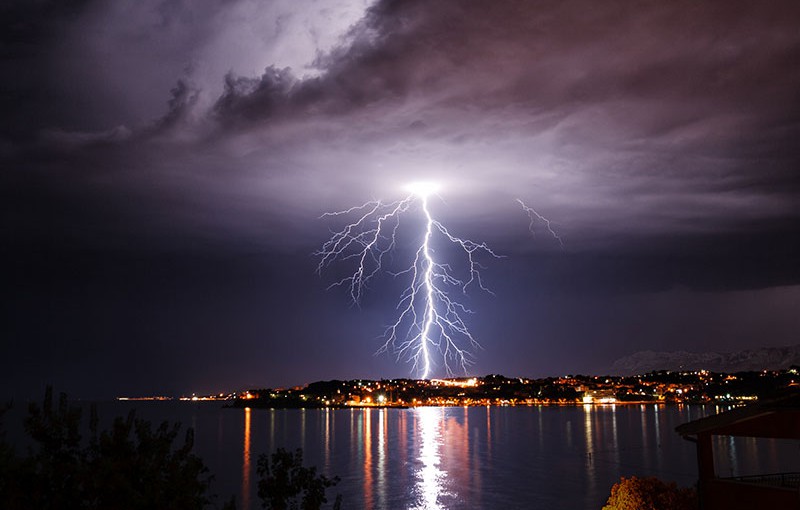
Learn how to protect you and your loved ones during a thunderstorm. The weather forecast calls for a slight chance of thunderstorms, but you can only see a few fluffy white clouds overhead. Read More >
Posted on by Leave a commentSuccess Stories in Environmental Health

Did you know that your environment and your health are connected? The National Center for Environmental Health (NCEH) and the Agency for Toxic Substances and Disease Registry (ATSDR) protect and promote environmental health across the United States. Read More >
Posted on by Leave a commentWho helps to protect us in the event of an environmental emergency?
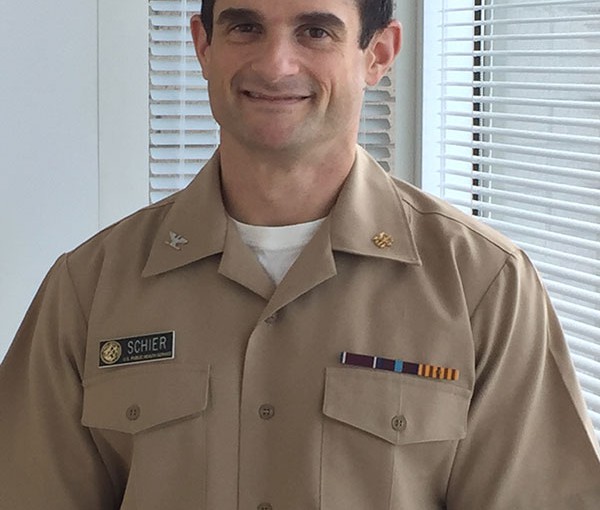
Medical toxicologists. This not widely known medical subspecialty, comprised of physicians, focuses on the diagnosis, management, and prevention of poisoning and other adverse health effects resulting from medications, occupational and environmental poisons, and biological agents (bacteria, virus, parasite, or fungus, for example) that can be used as bioterrorism or biological weapons. Read More >
Posted on by Leave a comment